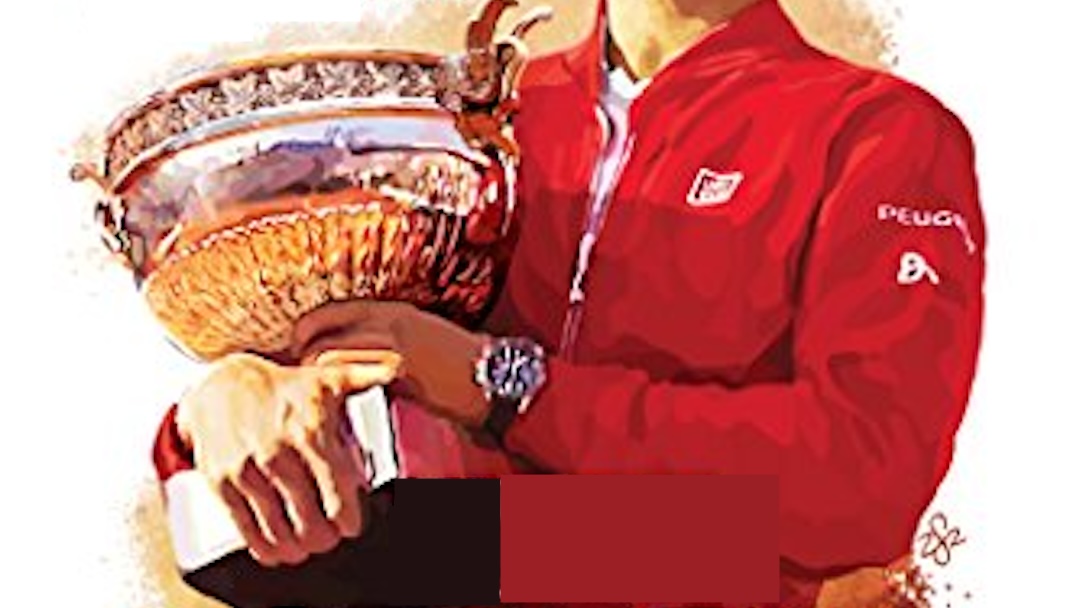French archivist Julien Faraut wrote and directed a retrospective documentary on John McEnroe set against the 1984 finals of the French Open. In that match, McEnroe played (and lost) against Ivan Lendl. Faraut primarily used raw footage that was collected for an earlier documentary on the player by another filmmaker, Gil de Kermadec. Faraut’s 2018 version of the story is an artsy and eclectic philosophical rumination.
John McEnroe: In the Realm of Perfection uses close up imagery of the player in isolation from his opponent. That focuses attention on McEnroe and illustrates how tennis is often reduced to the player competing more against himself than his opponent. There is no better subject for that type of examination than John McEnroe.
As an example of the philosophy explored in the film, the narrator proposes that placing a camera in front of a person may change their behavior. The viewer has to decide if the camera has captured reality or if it has altered what would have otherwise occurred. That idea is tested with frequent scenes of McEnroe asking for cameras to be removed from his matches. When interspersed with clips of McEnroe physically assaulting the photography equipment and sometimes the actual operators, the tension is palpable.
Another magical quality of filmmaking is the ability to create and bend the sense of time experienced by the viewer. In the Realm of Perfection asserts that tennis is more like film than other sports because there is no defined time in which the match will be completed. Watching tennis creates that same experience for the viewer when the match play is artistically compelling.
For a rules junkie like myself, the documentary includes some awesome footage of umpires refusing to examine ball marks requested by McEnroe. There is even a clip where an umpire has a linesman examine the mark, only to overrule that official’s decision. The ITF Rules of Tennis have obviously been updated in the intervening time. Those updates may have even been prompted by McEnroe’s interactions with those officials.
John McEnroe: In the Realm of Perfection is an entertaining study of tennis as art. I highly recommend it for anyone who enjoys watching the sport as it will change the perspective of how matches are won and lost. You will learn a little bit about the psyche of McEnroe while being treated to visually stunning vintage footage of a great tennis performance. I absolutely loved it.
 | John McEnroe: In the Realm of Perfection |




In the first paragraph, second sentence, “en earlier” should be “an earlier”.
Correction has been made.
I tried watching it a couple years ago and really wanted to like it but couldn’t get past 20 minutes.Too slow and watching just one player on the court took me out of the matches.
I have to admit that the ASMR is strong in this one.
Great summary of this cinema vérité piece!